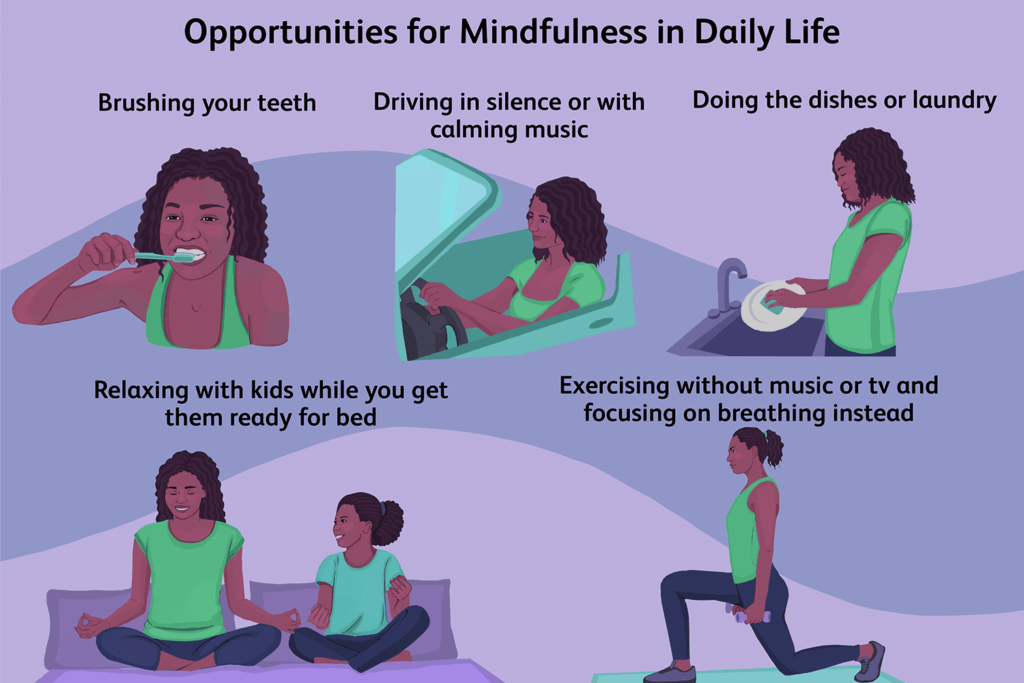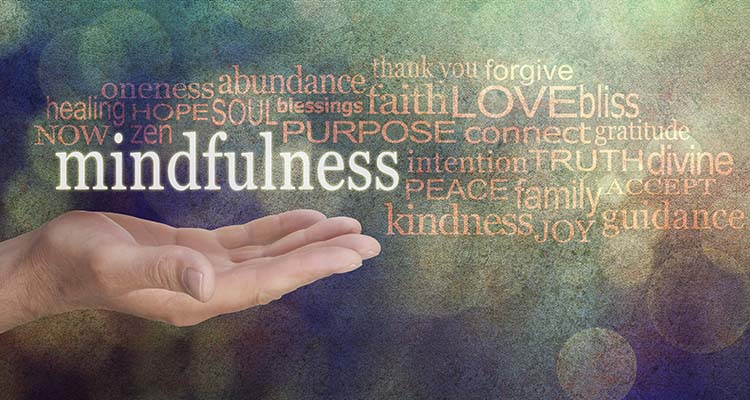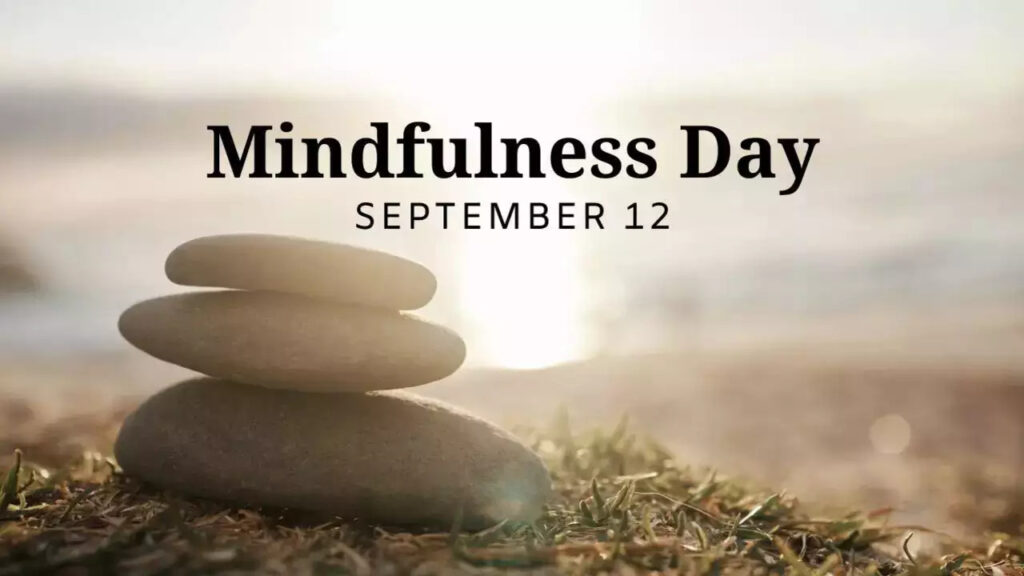Mindfulness Unlock Inner Peace Reduce Stress and Boost Mental Clarity
In today’s fast-paced world, staying mentally and emotionally balanced is more challenging than ever. Mindfulness, a centuries-old practice rooted in meditation, offers a powerful way to calm the mind, reduce stress, and enhance overall well-being. By integrating mindfulness strategies into daily life, you can achieve greater mental clarity, boost communication skills, and stay relaxed under pressure.
This article will delve into various aspects of mindfulness, including mindfulness meditation, exercises, breathing techniques, and relaxation activities, while also exploring how these practices foster self-motivation and better communication.

Mindfulness Meditation
Mindfulness meditation is the cornerstone of mindfulness practice. It involves focusing your attention on the present moment without judgment. This simple yet transformative exercise improves your mental resilience and helps reduce anxiety, depression, and stress.
7 Best Robot Vacuums, Effortless Cleaning

How to Practice Meditation
- Find a Quiet Space: Sit comfortably in a quiet place, free from distractions.
- Focus on Your Breath: Gently bring your attention to your breathing. Feel the air entering and leaving your nostrils or the rise and fall of your chest.
- Acknowledge Your Thoughts: Instead of fighting intrusive thoughts, acknowledge them and gently redirect your focus to your breath.
- Set a Timer: Begin with 5–10 minutes daily, gradually increasing as you become more comfortable.
Consistent meditation practice reduces mental clutter and enhances emotional regulation, paving the way for a more peaceful and productive life.
Mindfulness Exercises
Incorporating exercises into your daily routine doesn’t require hours of commitment. Simple practices can yield profound results.
Effective Mindfulness Exercises
- Body Scan: Lie down and mentally scan your body from head to toe, noting any tension or discomfort.
- Five Senses Exercise: Pay attention to your surroundings by observing one thing you can see, hear, touch, smell, and taste.
- Gratitude Journaling: Write down three things you are grateful for each day. This exercise fosters positive thinking and emotional resilience.
exercises cultivate awareness and keep you grounded in the present, making it easier to handle life’s challenges.

Mindfulness Breathing Exercises
Breathing is a natural anchor for. Controlled breathing exercises not only calm the mind but also have physical benefits like lowering blood pressure and heart rate.
Top Mindfulness Breathing Techniques
- 4-7-8 Breathing: Inhale for 4 seconds, hold your breath for 7 seconds, and exhale for 8 seconds. Repeat 4–6 times to feel relaxed.
- Box Breathing: Inhale for 4 seconds, hold, exhale, and pause for 4 seconds before repeating.
- Diaphragmatic Breathing: Breathe deeply into your diaphragm instead of shallowly into your chest. Place your hand on your stomach to feel it rise and fall.
Practicing these exercises regularly can help you manage stress and stay centered, even during hectic days.

Mind Exercise
Your brain is like a muscle—regular exercise keeps it sharp and efficient. Mind exercises enhance cognitive function, memory, and creativity, empowering you to tackle complex problems effectively.
Simple Yet Effective Mind Exercises
- Puzzles and Brain Games: Engage in crossword puzzles, Sudoku, or memory games.
- Reading and Writing: Reading books or journaling stimulates different parts of the brain.
- Learning a New Skill: Whether it’s playing an instrument or cooking, learning something new strengthens neural connections.
Consistently challenging your brain ensures it remains agile and adaptable, helping you stay focused and productive.
Cool Beauty: How Skincare Fridges Enhance Product Efficacy

Mind Relaxing Exercises

Popular Mind Relaxing Exercises
- Progressive Muscle Relaxation: Tense each muscle group in your body for 5 seconds, then release.
- Visualization: Close your eyes and imagine a serene place, like a beach or a forest, immersing yourself in its details.
- Stretching and Yoga: Gentle stretching or yoga poses like the child’s pose and corpse pose relax both body and mind.
Integrating these exercises into your routine promotes long-term mental and physical health.

Relaxation Activity
In addition to structured exercises, engaging in leisure activities can significantly contribute to relaxation.
Ideas for Relaxation Activities
- Nature Walks: Walking in a park or forest helps you connect with nature and declutter your mind.
- Art and Craft: Painting, drawing, or knitting are therapeutic ways to relax.
- Listening to Music: Calming music can elevate your mood and provide a much-needed mental escape.
Such activities allow you to recharge, leaving you more prepared to handle your responsibilities with ease.
How to Be Self-Motivated
can be a powerful tool for self-motivation. By fostering self-awareness, it helps you identify your goals, understand your emotions, and stay focused.
Tips to Stay Motivated
- Set Clear Goals: Break your larger goals into smaller, achievable tasks.
- Celebrate Small Wins: Acknowledge your progress, no matter how small.
- Practice Positive Affirmations: Repeating uplifting statements can shift your mindset.
- Visualize Success: Imagine yourself achieving your goals to build determination.
Through, you can cultivate intrinsic motivation, ensuring your actions align with your values and aspirations.
How to Always Be Relaxed and a Good Communicator Through Mindfulness
strategies don’t just help you stay calm; they also enhance your ability to communicate effectively.
Relaxation Through Mindfulness
- Embrace the Pause: Before reacting to stressful situations, pause and take a deep breath.
- Mindful Transitions: Use brief mindfulness moments, like focusing on your breath, between tasks.
- Focus on the Now: Avoid worrying about the past or future; instead, concentrate on the present moment.
Improved Communication Through Mindfulness
- Active Listening: Mindfulness teaches you to listen without forming judgments or distractions.
- Empathy: By being fully present, you can better understand others’ perspectives.
- Clarity: A calm mind helps you articulate your thoughts clearly and confidently.
By mastering these strategies, you can foster better relationships, resolve conflicts, and create a positive environment around you.

Lastly
Mindfulness is a holistic approach to improving your mental health and overall well-being. Whether it’s through meditation, breathing exercises, or engaging in relaxation activities, mindfulness equips you with the tools to lead a balanced and fulfilling life. It not only enhances self-motivation and relaxation but also sharpens communication skills, making it an indispensable practice in today’s chaotic world.
Start small, be consistent, and let mindfulness transform your life. Embrace the present moment, and watch as you unlock your full potential!
What is mindfulness, and why is it important?
Mindfulness is the practice of being fully present and aware of your thoughts, feelings, and surroundings without judgment. It helps reduce stress, improve mental clarity, and enhance emotional well-being. Mindfulness is important because it fosters a sense of calm, strengthens focus, and promotes healthier relationships by improving communication and empathy
How can mindfulness help reduce stress?
Mindfulness reduces stress by encouraging you to focus on the present moment rather than worrying about the past or future. Techniques like mindfulness meditation and breathing exercises lower cortisol levels (the stress hormone) and activate the body’s relaxation response, helping you feel calm and centered.
What are some simple mindfulness exercises for beginners?
Beginners can start with these simple mindfulness exercises:
Mindful Breathing: Pay attention to your breath as it flows in and out.
Body Scan: Notice sensations in each part of your body from head to toe.
5-Senses Practice: Identify one thing you can see, hear, smell, touch, and taste in your environment.
Gratitude Journaling: Write down three things you are grateful for daily.
These exercises are easy to incorporate into your routine and provide immediate benefits.
How often should I practice mindfulness to see results?
To see noticeable benefits, aim to practice mindfulness for at least 10–15 minutes daily. Consistency is key, whether through meditation, breathing exercises, or mindful activities like walking or journaling. Over time, even small daily practices can lead to improved focus, reduced stress, and greater emotional balance.
Can mindfulness improve communication skills?
Yes, mindfulness enhances communication by promoting active listening, empathy, and emotional regulation. Being fully present during conversations allows you to understand others better and respond thoughtfully rather than react impulsively. Mindfulness also helps articulate your thoughts clearly, making interactions more meaningful and effective.







